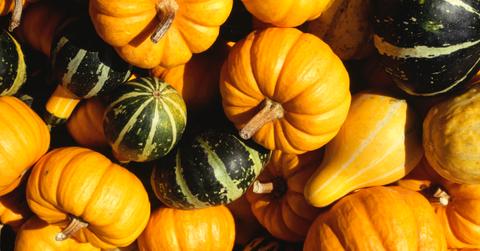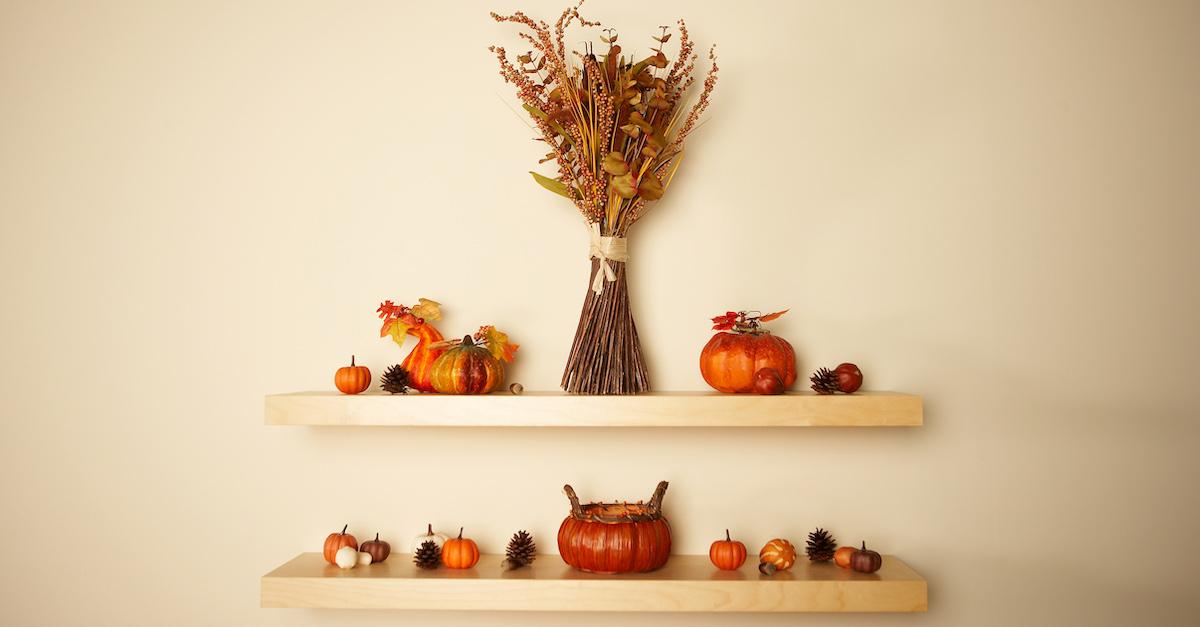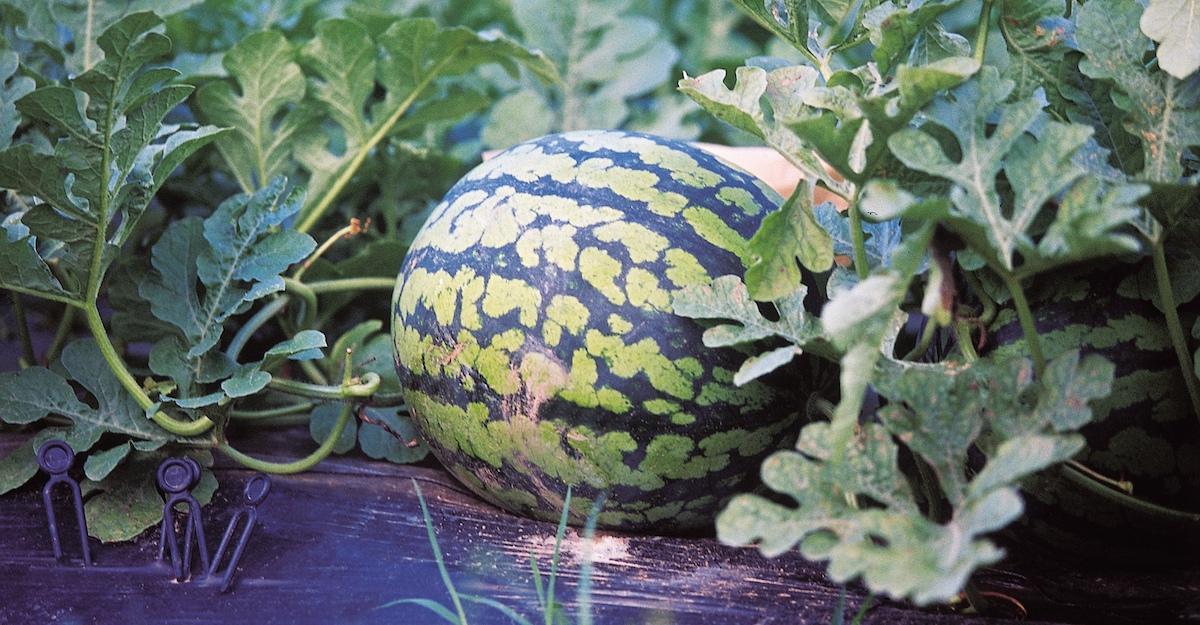Here’s What You Can Do With All Those Gourds, Once Fall Is Over
Published Oct. 5 2021, 1:36 p.m. ET

It's finally that time of year when we're all chugging PSLs, planning our next trips to the apple orchard, and — of course — decorating for spooky season. And although we love spooky commercial Halloween décor, gourds are a simple-yet-festive, cheap, and easy supermarket purchase. But once autumn comes to an end, can you eat gourds?
Can you eat gourds, or are they just for show?
Autumnal gourds are most often found in the produce section — so they're edible, right? According to Gardening Know How, certain types of gourds are historically considered a staple in some cultures, but just like many varieties of fruits and vegetables, certain types taste better than others. In most of the smaller types of gourds, for example, the flesh tends to be relatively scarce, and isn't worth eating. In others, the flesh is hard, bitter, and tart, so it doesn't taste very good.
Likewise, certain varieties — such as bottleneck gourds — are supposedly quite delicious.
With that in mind, though, the decorative gourds we know and love often don't have enough flesh to eat, though they aren't poisonous, and are relatively similar (in terms of nutritional value) to squash. The seeds are nontoxic, and we'd assume they taste somewhat similar to pumpkin or squash seeds when smothered in oil, seasoned, and toasted — so that's certainly an option for putting them to good use.
If you need some seed prep inspo, we absolutely love this recipe for seasoned winter squash seeds from Running to the Kitchen — although she uses winter squash seeds, we'd assume it could easily apply to gourd seeds, as well.

How to prepare gourds, if you're looking to repurpose your autumnal decorations:
The seeds may ultimately be the tastiest part of any decorative gourds, because according to Mic, although they aren't toxic, most decorative gourds don't have enough flesh to prepare and eat. You can, however, enjoy a wide variety of squash, which are part of the gourd family — kabocha, winter, butternut, acorn, and spaghetti squash are a few of the best ones. Delish has a complete guide to different types of squash and how to prepare them, which should definitely come in handy this fall.
Another gourd that's easy to prepare, and can go from decoration to delicacy is the ever-popular pumpkin. After carving it or keeping it in your window for a while, you could toast the pumpkin seeds for a healthy snack, or you could incorporate the flesh into your next batch of chili. If you're ready to embark on a massive baking project, you could also repurpose a pumpkin into some cookies, muffins, or scones — there are so many ways to reuse old pumpkins that don't involve landfill.

Regardless of what you decide to do with your old gourds, keep in mind that in the end, they can break down naturally — so there's never any excuse to toss them in the trash. According to Old World Garden Farms, decorative gourds are, in fact, compostable, so let them disintegrate naturally instead of creating more unnecessary landfill trash. This way, those gourds will probably be your most sustainable decorative purchase yet.